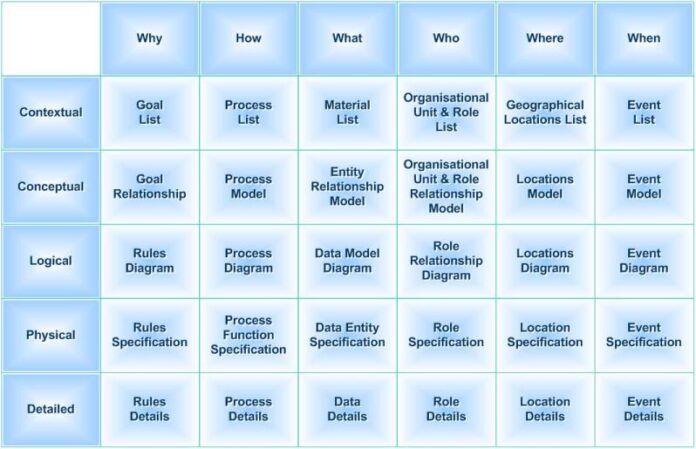Efficiently organizing information is—and will remain—one of the most critical skills of the digital age.
Gerry McGovern
Few organizations want to invest in doing quality, rigorously tested data and information architecture design. The belief is that some new technology will come along and solve the enterprise architecture problem.
Enterprise search has a history of incredible awfulness. Why? Because management invested in search engine after search engine but was not prepared to invest in the organization and management of the information. Many data lineage tools suffer the same fate; it is hard to automate the processing of data that has not been standardized and organized.
Software Enterprise Architecture (SEA) is a discipline that focuses on designing and structuring complex software systems within an organization. It is a holistic approach that aligns software development with an organization’s business strategy and objectives. Software Enterprise Architecture aims to ensure that the organization’s software systems are scalable, maintainable, and can adapt to changing business needs.
Critical aspects of Software Enterprise Architecture include:
- Alignment with Business Goals: SEA seeks to align software development efforts with the overarching goals and objectives of the business. This involves understanding the business processes, identifying key drivers, and ensuring the software architecture supports the business strategy.
- Holistic View: It takes a comprehensive and integrated view of an organization’s software systems. This includes considering the relationships and dependencies between different software components and integrating software systems with other parts of the organization’s infrastructure.
- Standards and Best Practices: SEA often involves defining and enforcing standards and best practices for software development within an organization. This helps ensure consistency, quality, and interoperability across different software projects.
- Scalability and Flexibility: Enterprise architecture aims to design software systems that can scale to accommodate growing demands and easily adapt to technological or business requirements changes. This includes designing for modularity and flexibility.
- Risk Management: SEA addresses potential software development and deployment risks. This includes identifying possible points of failure, security risks, and dependencies that could impact the overall stability and reliability of the software systems.
- Interoperability: SEA considers the interoperability of different software systems within the enterprise. This is important for ensuring that various software components can work seamlessly together and share data effectively.
- Cost Efficiency: It involves optimizing the use of resources, avoiding redundancy, and ensuring that the development and maintenance of software systems are cost-effective over the long term.
The main reasons for a poor digital customer experience are confusing menus and links. It was the number one reason back in 1995 and is still the number one reason for customer frustration and failure. This is based on data and observations of thousands of customers seeking to complete tasks. The way we organize and present data has a HUGE impact. I have worked with numerous e-commerce clients where choosing the correct link text significantly impacted sales. I mean, 10 X times more.
Information architecture, navigation, metadata, and linking is soul-crushing, thankless, grinding work. And yet, this is how the Web is built, one link at a time. This is so much of the actual value of digital lies. This descriptive modeling needs to be done.
Enterprise architects typically play a crucial role in defining and implementing Software Enterprise Architecture. They work closely with business stakeholders, software developers, and other IT professionals to create a roadmap for the organization’s software systems that aligns with its strategic goals. The Zachman Framework of Enterprise Architecture is a great way to look at each abstraction level.








